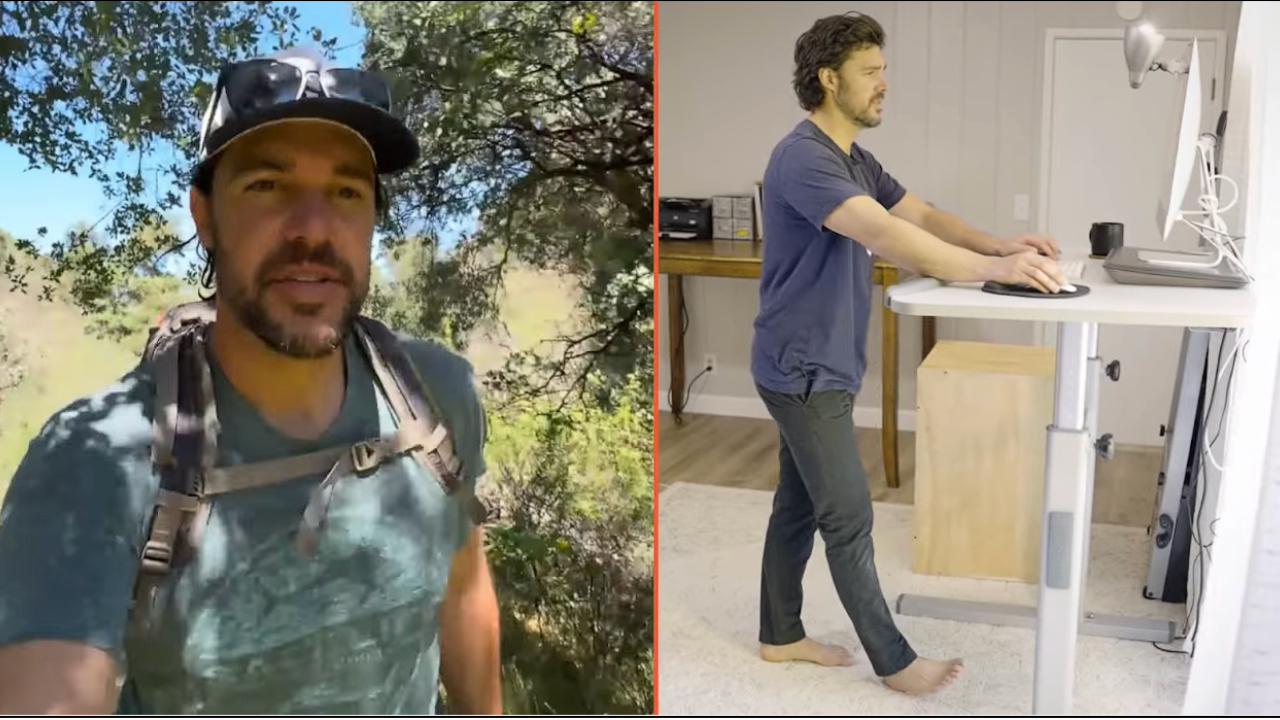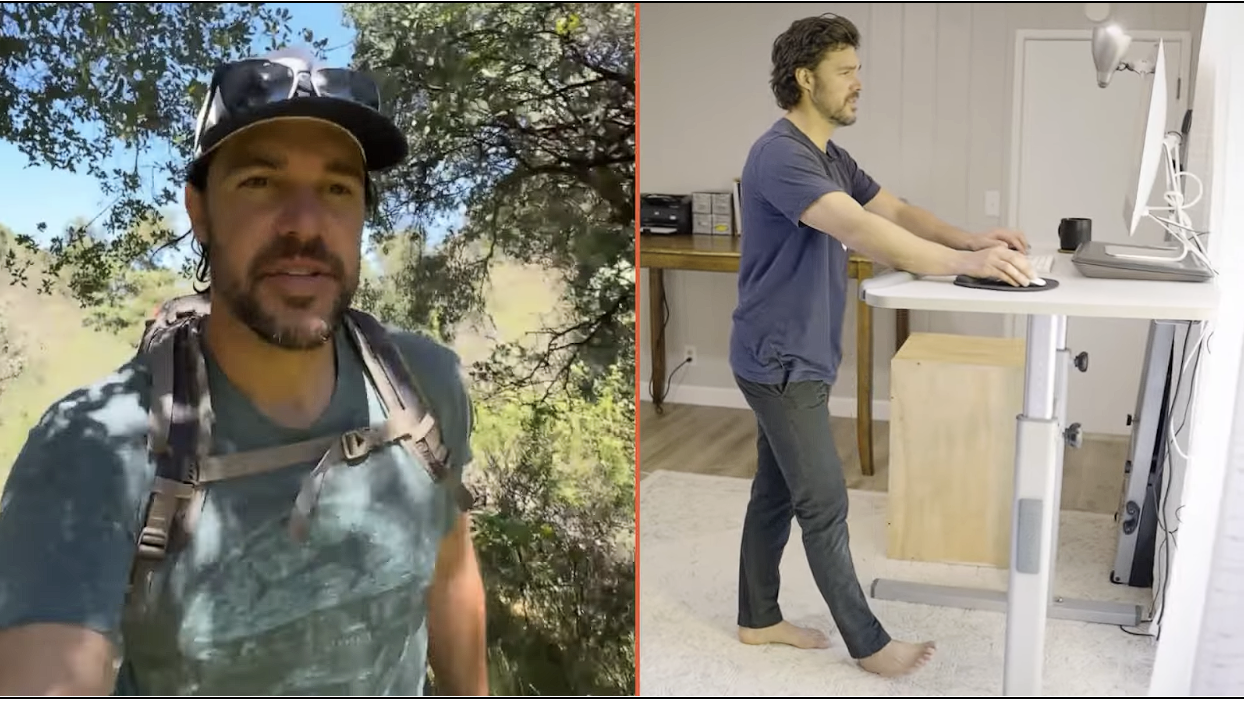Herniated Disc Treatment: What Helps (And What Doesn’t)
Nov 06, 2025
Let me guess, if you’ve ever had a herniated disc and looked for treatment options, you’ve probably been told to “sit up straight,” “take it easy,” or worse, “just rest.” I’ve heard it all. And as someone who’s been living with lumbar disc herniations myself, I can tell you right now: managing this isn’t just about avoiding pain, it’s about rebuilding support where you’ve lost it.
So let’s break this down. What’s actually going on with a herniated disc?
What Is a Herniated Disc, Anyway?
Imagine your disc like a jelly donut. When it’s herniated, the jelly, aka the inner nucleus, has squeezed out through the outer layer. Once that “jelly” is out, it floats around irritating the surrounding tissues. But here’s the good news: your body will eventually absorb it.
Now, you’re left with what I like to call a “deflated donut.” That disc isn’t plump or pressurized like it used to be, so it doesn’t give you the shock absorption your spine needs. Think of it like losing the suspension in your car, it still works, but the ride is bumpier.

So the question becomes: how do you keep your spine supported without that cushion?
The Game-Changer: Life Modifications
Here’s what’s made the biggest difference in my life:
- Less sitting, more standing or walking.
Sitting puts way more pressure on your discs than standing or lying down. In fact, one study showed that sitting and leaning forward (especially with weight in your hands) is the worst for disc pressure.

- Get horizontal more often.
Yep, I’m talking about lying down, especially at the end of the day. When you lie on your back with your knees bent over a bolster (or a couple pillows), it helps your hip flexors chill out and allows fluid to rehydrate your discs. Just know it doesn’t last forever, you’ll need to repeat it periodically.

Why Disc Hydration Matters
Your discs aren’t just static cushions, they imbibe fluid when the pressure is low and push it out when it’s high. So sitting all day? That’s basically squeezing the life out of them. Getting horizontal is like giving them a tall glass of water. It helps, even if temporarily.

Core Support: Your Built-In Anti-Gravity System
Now here’s the real secret sauce, core support.
No, I’m not talking about doing 100 crunches. I’m talking about training your deep core muscles to create intra-abdominal pressure, that natural “brace” you can build by learning how to breathe properly and engage your core throughout the day.
This pressure acts like your body’s own anti-gravity device. Just like those fancy treadmills that let you run at a fraction of your body weight, intra-abdominal pressure helps unweight your spine and keep it supported.
And the best part? You can train your body to do this automatically, not just during workouts, but while doing the dishes, driving, even walking the dog.

Start with the Basics
In Core Balance Training, we teach people how to:
- Breathe properly into the core (this alone can reawaken forgotten muscles).
- Activate key muscles like your glutes and abdominals (the ones that tend to shut down from stress).
- Use simple movements like the bridge (yep, that one!) to reverse the damage done by years of sitting, stress, and poor posture.
Think of it like re-learning how to move the way you did as a baby, balanced, instinctual, powerful.

A Real Talk Moment
I’ll be honest: this isn’t a one-and-done kind of deal. I’m in this for life. Every day, I carve out time for therapeutic core work. It’s like brushing my teeth, non-negotiable.
And the more consistent I am, the better I feel. It’s not about getting ripped or hitting a personal best in the gym. It’s about living my life pain-free and keeping my body resilient.
Final Thoughts
If you’re dealing with a herniated disc, I want you to know it’s not the end of the story. You can feel better. You can rebuild support. And it doesn’t require magic or surgery, it just takes the right strategy, some consistency, and a little bit of belief in your body’s ability to heal.
So do yourself a favor: get down on the floor, breathe into your core, and take those first steps toward a stronger, more supported spine.
Let’s keep this conversation going, drop a comment and share where you’re at in your journey. Whether you’re just starting out or deep into the process, your experience matters. And if you’re ready to learn a new way to connect with your core and get it working for you every day, not just during workouts, check out our free 7-day trial of Core Balance Training. It's designed to help you build the kind of support your spine actually needs.














